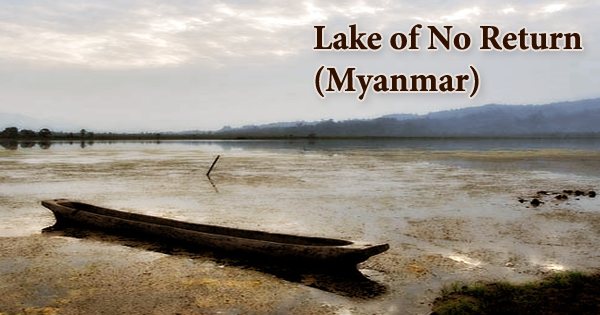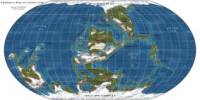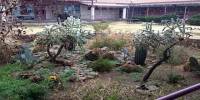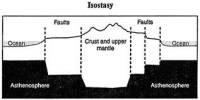The Lake of No Return (Naung Yang in Tai languages) is famous all over the world for certain unexplained happenings; it is stated that whatever enters into the lake never comes back. The lake is a body of water in Myanmar, located south of Pangsau (also known as Pansaung) hamlet near the Pangsau Pass (3727′) on the India–Myanmar boundary. The lake is 1.4 kilometers long and 0.8 kilometers broad at its widest point. It’s 2.5 kilometers southwest of the Ledo Road, formerly known as Stilwell Road, which the Western Allies began construction in 1942 to supply Chiang Kai-Chinese shek’s troops.
During World War II, American pilots mistook it for an emergency landing strip, but neither the plane nor the pilots ever returned. Later, American forces stationed near the lake on Ledo Road were dispatched to locate the missing planes and pilots, but they were unsuccessful. Nobody discovered anything no matter where they went.
Another legend about this lake is that Japanese troops were coming home after World War II, but they became lost and inexplicably vanished as soon as they reached the lake. Even in 1942, it was claimed that a troop of British soldiers had vanished near the lake. People frequently visit this location to relax, yet they never venture into the lake.
It is believed that many attempts have been made to solve the riddle of the lake, but they have all failed. The Tangsa people live in this area. The lake has been a component of the growth of tourism in the adjacent Indian Changlang District, which borders Myanmar, since the strengthening of ties between India and Myanmar. Humans aren’t the only ones that are afraid of the location; animals and birds are as well.

Many cargo planes crashed in and near the China-Burma-India boundaries junction during World War II, when air supplies from Assam, India to Allied soldiers fighting with Japanese forces in China and north Burma (Myanmar) was undergoing. According to another story, this is the “lake of no return” because “retreating British forces were stranded in quicksand in 1942.” One author claims to have come across the name on a document written by one of the Ten Lost Tribes of Israel, which he says still hides out in the region, adding to the mythology.
The lake is around 12 kilometers from Nampng village and is commonly referred to as India’s Bermuda Triangle. The lake retains its notoriety; in an article on the probable reopening of the Ledo Road in 2007, the Indian daily The Telegraph noted that “nearby Pansaung lies the Lake of No Return, the local Bermuda Triangle.” People frequently avoid the area since it is shrouded in so many mysteries. But that doesn’t change the fact that the location is surrounded by some of the most breathtaking views in the world.
According to legend, planes flying over the lake never return. The lake’s reputation is promoted in the hopes of attracting tourists: “Who knows, the ‘Indian’ Bermuda Triangle could well turn out to be the region’s next tourist-puller.” It isn’t one of the most popular tourist destinations in the area. However, many of the strong-willed visitors who have visited this location have often stated that it is an exciting area to come and explore.
Joydeep Sircar stated in a recent essay that he had solved the mystery of the Lake of No Return, which he visited in 2002. None of the tales linked with the name, he claims, are based on reality. The location is frequently thought to be haunted, deterring visitors. Furthermore, Nampong village is a stunningly lovely and scenic location surrounded by lush foliage and natural beauty. Tourists and visitors can also go to the Namdapha National Park, which is around 80 kilometers away from Changlang but similarly lovely. In northeast India, it is one of the largest national parks.
















